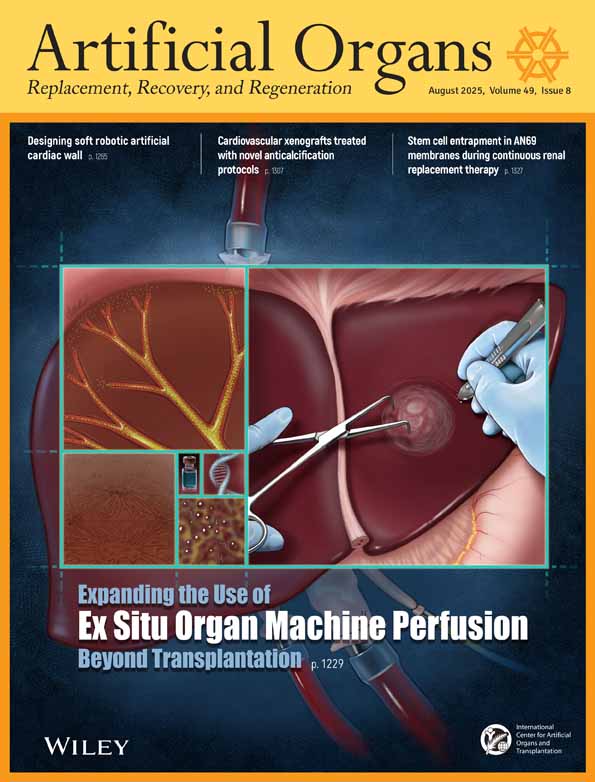Long-Term Electromyogram Recording from the Posterior Cricoarytenoid Muscle as a Potential Biological Trigger for Phrenic Pacing: Results of an Animal Study
Abstract
Abstract: Diaphragm pacing has been used to restore respiration in approximately 1,000 patients worldwide suffering from high quadriplegia or from central alveolar hypoventilation syndrome. Compared with conventional mechanical ventilation, electrophrenic respiration (EPR) reduces the risk of pulmonary infections and increases the mobility of patients. Voluntary activation of the pacemaker during speech would improve patients' quality of life and allow application of EPR in a more physiological way. An animal study was performed to investigate the electromyogram (EMG) of the posterior cricoarytenoid (PCA) muscle and the movement of the glottis via impedance measurement (electroglottography) with the aim to examine reproducibility and stability of the recordings from the PCA muscle as a potential biological trigger for a phrenic pacemaker. The EMG of the PCA muscle was recorded via implanted electrodes for a 200 day period. The EMG signal proved stable for that period, artifacts caused by movements can be suppressed, and swallowing can be detected. In contrast, impedance measurement to detect movement of the glottis proved not useful. Based on the results of this study, the use of the PCA EMG as a biological trigger for a phrenic pacemaker has to be considered a realistic option.




